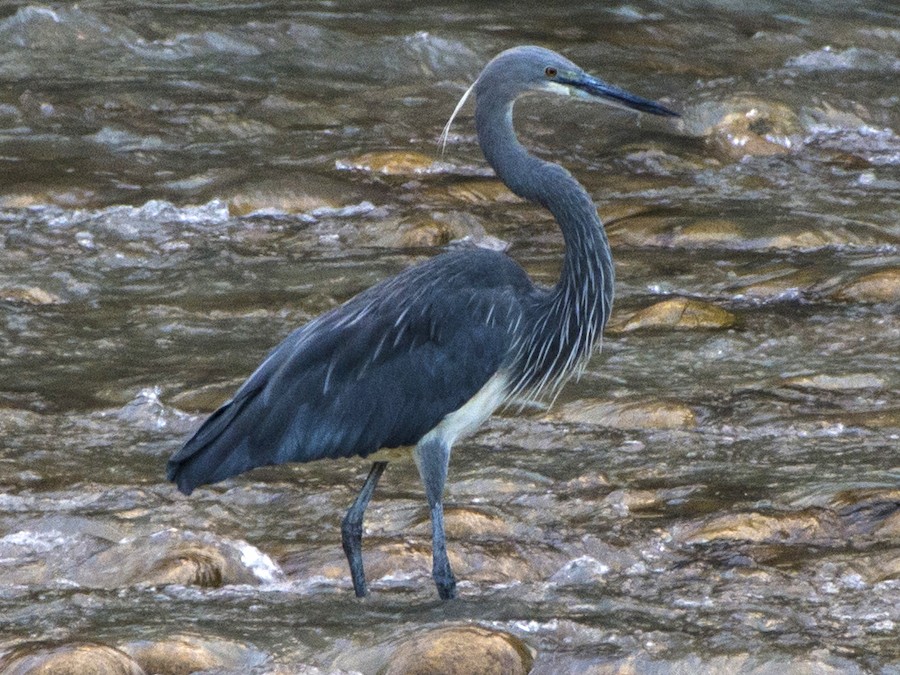Indian Geography Questions Practice Question and Answer
8 Q: The population of India is _____ according to Census 2011.
496 0649a9db5cae316dfef86aed1
649a9db5cae316dfef86aed1- 11.4 billionfalse
- 21.21 billiontrue
- 31.5 billionfalse
- 41.11 billionfalse
- Show Answer
- Workspace
- SingleChoice
Answer : 2. "1.21 billion"
Explanation :
1. According to the 2011 census, India's population was 1,210,193,422 (1.21 billion).
Q: Which of the following states has the highest coal reserve?
490 064c21b0d9e9013486a745e0b
64c21b0d9e9013486a745e0b- 1Chhattisgarhfalse
- 2Odishafalse
- 3Jharkhandtrue
- 4West Bengalfalse
- Show Answer
- Workspace
- SingleChoice
Answer : 3. "Jharkhand"
Explanation :
1. The state with the largest coal reserves in India is Jharkhand.
2. Coal reserves in India are mainly located in the older Gondwana formations of peninsular India and the younger Tertiary formations of the north-eastern region.
3. About 80 per cent of the coal reserves in India are bituminous type and belong to the non-coal category.
Q: Soilless agriculture is called _______.
479 0642430b47ac9a186e4d93e30
642430b47ac9a186e4d93e30- 1hydroponicstrue
- 2shifting agriculturefalse
- 3dry farmingfalse
- 4pastoral farmingfalse
- Show Answer
- Workspace
- SingleChoice
Answer : 1. "hydroponics "
Q: The following statements are made regarding global warming.
A. Global warming is the long-term heating of Earth's surface observed since the pre-industrial period due to human activities, primarily fossil fuel burning, which increases heat-trapping greenhouse gas levels in Earth's atmosphere.
B. Global warming causes climate change, which poses a serious threat to life on Earth in the forms of widespread flooding and extreme weather. Which of these statements are correct?
476 064a2a59cb5677c1e8a1236d1
64a2a59cb5677c1e8a1236d1A. Global warming is the long-term heating of Earth's surface observed since the pre-industrial period due to human activities, primarily fossil fuel burning, which increases heat-trapping greenhouse gas levels in Earth's atmosphere.
B. Global warming causes climate change, which poses a serious threat to life on Earth in the forms of widespread flooding and extreme weather. Which of these statements are correct?
- 1Only Bfalse
- 2Only Afalse
- 3Both A & Btrue
- 4Both A & B are incorrectfalse
- Show Answer
- Workspace
- SingleChoice
Answer : 3. "Both A & B"
Explanation :
The following statements are correct regarding global warming.
A. Global warming is the long-term heating of Earth's surface observed since the pre-industrial period due to human activities, primarily fossil fuel burning, which increases heat-trapping greenhouse gas levels in Earth's atmosphere.
B. Global warming causes climate change, which poses a serious threat to life on Earth in the forms of widespread flooding and extreme weather. Which of these statements are correct?
Q: Which of the following Hills is not a part of the 'Satpura Range'?
475 0640f00a856c45fd8d3a9d12d
640f00a856c45fd8d3a9d12d- 1Rajpiplafalse
- 2Mahadevfalse
- 3Bharnertrue
- 4Maikalfalse
- Show Answer
- Workspace
- SingleChoice
Answer : 3. "Bharner"
Explanation :
1. Satpura and Vindhya mountain ranges are found in the central western part of India.
2. 'Satpura Series' includes all the parts.
- Rajpipla
- Mahadev
- Macal
Q: The ______ plateau is subdivided into the Garo Hills, the Khasi Hills, and the Jaintia Hills, named after the tribal groups inhabiting the region.
462 064b1455188d5e4f52dc4f23d
64b1455188d5e4f52dc4f23d- 1Chota Nagpurfalse
- 2Baghelkhandfalse
- 3Malwafalse
- 4Meghalayatrue
- Show Answer
- Workspace
- SingleChoice
Answer : 4. "Meghalaya"
Explanation :
1. The Meghalaya Plateau is sub-divided into the Garo Hills, Khasi Hills and Jaintia Hills, named after the tribal groups living in the region.
Q: In which of the following regions of India is the natural habitat of White-bellied Heron largely distributed?
457 064a2ad34ab3c5fffc2fa31f9
64a2ad34ab3c5fffc2fa31f9- 1North-easttrue
- 2Northern plainsfalse
- 3Deccan plateaufalse
- 4Western coastfalse
- Show Answer
- Workspace
- SingleChoice
Answer : 1. "North-east"
Explanation :
 1. White-bellied Heron naturally inhabits the north-eastern region of India.
1. White-bellied Heron naturally inhabits the north-eastern region of India.
2. The bellied Heron is a bird which is mostly found in the low-altitude marshy areas of the Himalayas.
3. It is also called imperial heron in India.
4. In the year 2007, it was listed as 'Critically Endangered' in the Red List of the International Union for Conservation of Nature (IUCN).
Q: Which of the following options is INCORRECTLY paired?
449 064919b4314cf8fe013d7b3d0
64919b4314cf8fe013d7b3d0- 1Guavas – Telanganatrue
- 2Apples – Himachal Pradeshfalse
- 3Oranges – Nagpurfalse
- 4Banana – Keralafalse
- Show Answer
- Workspace
- SingleChoice
Answer : 1. "Guavas – Telangana"
Explanation :
The list of fruits of the state is given along with their state-
* Apple - Himachal Pradesh
* Orange - Nagpur
* Banana - Kerala
* Mango - Telangana
* Guava - Uttar Pradesh

